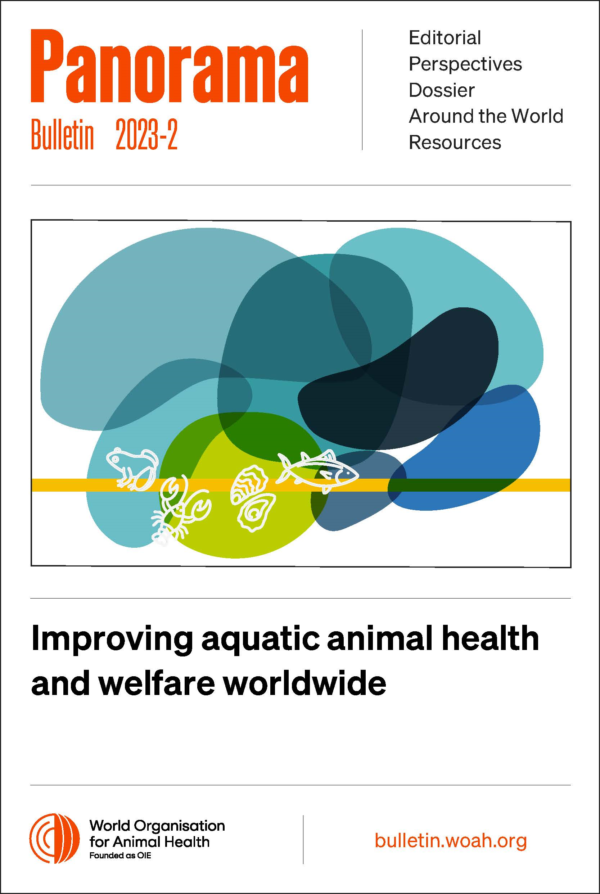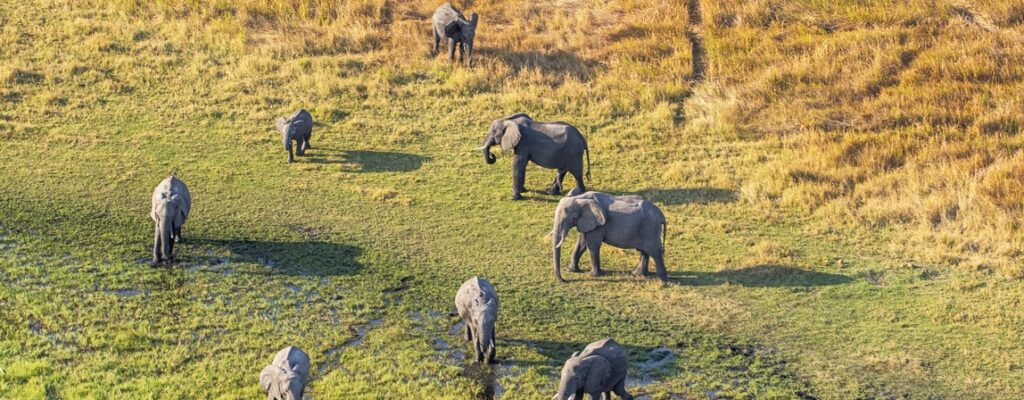Keywords
Authors
Bernita Giffin, Scientific Coordinator for Aquatic Animal Health, World Organisation for Animal Health (WOAH)
The Commission evaluates all available evidence against the definition of an emerging disease and determines whether the disease has a significant impact on farmed or wild populations of aquatic animals. This can be due to a change in geographical spread of a disease, its detection in a different species, or the identification of a newly recognised or suspected pathogenic agent.
If the disease meets the definition, Members are informed of the assessment and the requirement to notify, through the report of the Commission. The disease is listed on the WOAH website, included in the World Animal Health Information System (WAHIS) and a technical disease card is developed to support Members. Any detection of a disease that is recognised as an emerging disease must be reported to WOAH, in accordance with Article 1.1.4. of the Aquatic Animal Health Code.
The Commission continues to review the scientific evidence regarding the disease over time to determine whether it continues to meet the definition. If there is sufficient evidence to fulfil the criteria for listing, the disease will be presented to Members for consideration. If it no longer meets the definition, the disease is removed from the WOAH website and Members are no longer required to notify.
Assessing diseases as emerging diseases allows additional epidemiological information to be collected through the notifications to WOAH. Members can use this information to become aware of geographical spread and potential impacts, allowing them to assess the risk to their country and implement risk mitigation measures.
https://doi.org/10.20506/bull.2023.2.3408












